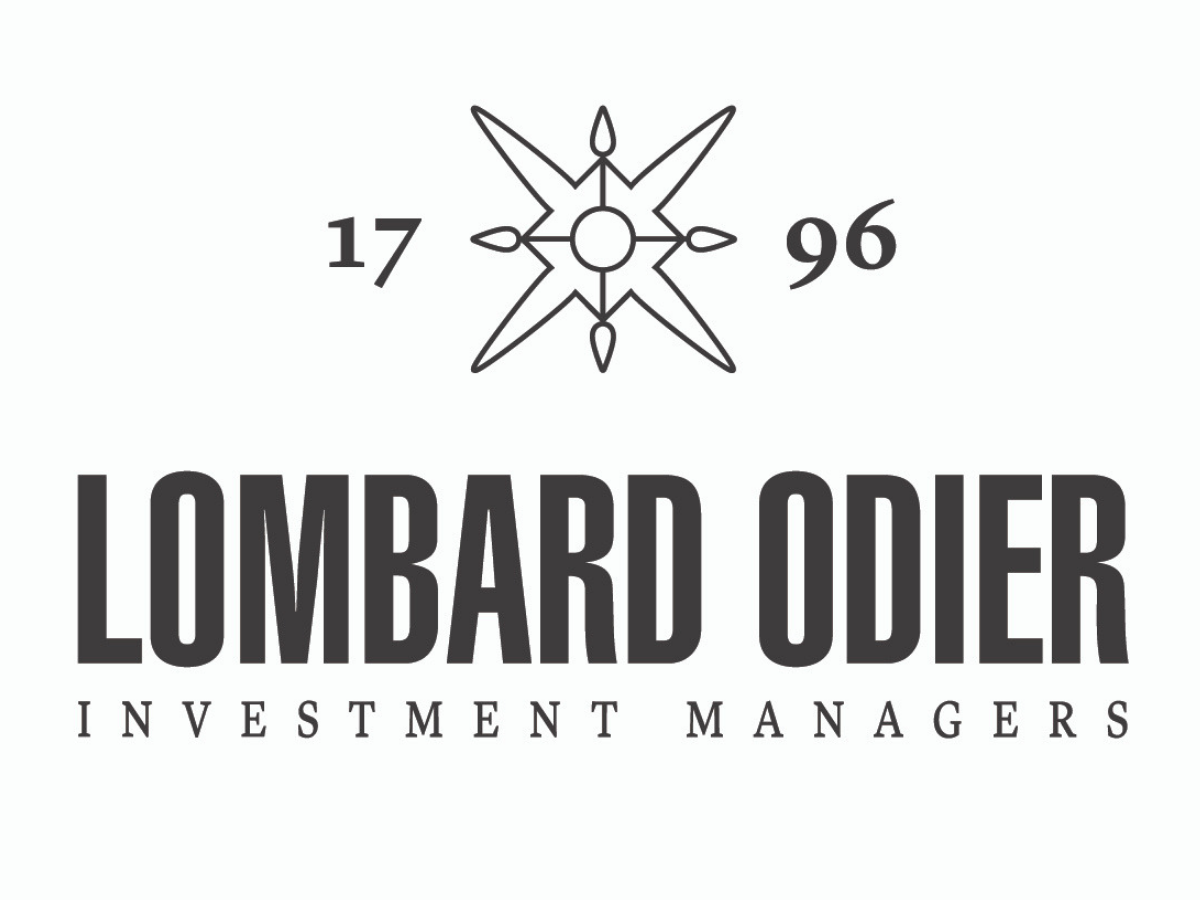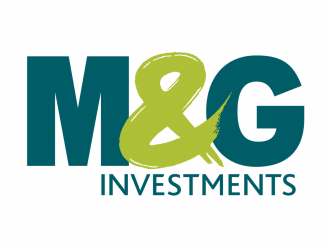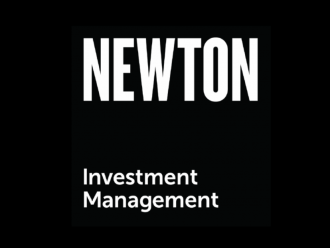Nathalia Barazal, CIO of fixed income and head of convertible bonds at Lombard Odier IM, and limited partner of Lombard Odier Group
What is sustainability in investments? The definition itself continues to evolve. We see sustainability encompassing financial factors, the running of organisations and the viability of the organisation’s business model, to name a few areas.
Market reaction to sustainability issues is also evolving. For us, it is clear that sustainability will impact risks and returns, and it must be incorporated in the investment process. We believe equipping our investment teams with a clear, consistent framework to help evaluate all investment aspects including sustainability will better inform their decisions; which, in turn, may improve investment outcomes. We set out one example below.
Lombard Odier Investment Managers has been investing in convertible bonds since 1987, with expertise across bull and bear markets. Convertible bonds provide investors with the ability to participate in equity market rallies with a bond floor protection were equity markets to fall – making them an attractive investment in the current market environment.
Our goal has remained steadfast over the decades: to capture the risk-return asymmetry inherent in convertible bonds. Incorporating sustainability helps deliver this goal.
Our philosophy is that companies with a combination of sustainable financial models, sustainable business practices and sustainable business models will deliver sustainable excess risk-adjusted returns over the long-term. As such, we evaluate issuers relative to sustainability metrics in these three areas, or pillars, in order to maximise the asymmetric return profile inherent in the asset class. For convertibles, this means we incorporate sustainability criteria into evaluating the bond and equity option aspects of convertibles, in order to maximise risk-adjusted returns.
Financial viability
We firstly assess issuers based on their financial models. Here, we consider a company’s financial viability and if it represents an attractive opportunity to generate returns. Convertibles embed exposure to a company’s share price, therefore our assessment focuses on the potential for the company’s share to generate excess returns. The bond element of convertibles, meanwhile, exposes investors to that company’s credit risk. This means we must consider an issuer’s creditworthiness. As such, we conduct fundamental analysis on credit quality, looking at a company’s leverage, the upcoming maturity of its debt, its capital structure, its cash-flow, sources it can tap for repayment and how it remunerates investors for the risk taken.
For the equity portion of exposure, we look at the attractiveness of the sector, the equity price, the share volatility, the management strategy and the company’s positioning for competitive advantage. We also seek the most balanced (or asymmetric) bonds according to strict technical factors – therefore we examine the convertible’s convexity, its yield and how the equity optionality is priced.
Delivering long-term value
The second pillar addresses how businesses behave in relation to their broader ecosystem of stakeholders. We believe business practices can drive operating performance in the same way as costs and revenue. In our view, companies that show solid performance on environmental, social and governance (ESG) issues will benefit from stronger growth over the long-term, not least because they can avoid the pitfalls of potentially value-destructive controversies.
Analysing business practices is about much more than applying third-party ESG ratings. Our experience has taught us the importance of collecting, verifying and enhancing large amounts of raw data through careful analysis and information exchange with companies. We use our own methodology to score companies, study their alignment with best practice in terms of ESG matters, and consider whether they are transitioning to more sustainable business practices.
We have also developed a proprietary ‘CAR’ methodology, which breaks ESG data down into consciousness, action and results. In our opinion, this is more valuable than relying on external aggregated ratings because it helps identify companies making genuine progress towards more sustainable business practices. Using our proprietary ESG/CAR analysis enriches our process because it gives our convertible bond specialists a framework of non-financial information alongside their financial analysis. In turn, this improves the ability to assess the risks and opportunities associated with a company, ultimately leading to better-informed decisions.
Impact measures
Lastly, we look at what impact measures the company is undertaking by analysing, for instance, a company’s carbon emissions and water consumption. This helps us to assess how companies are trying to reduce their economic risk in a carbon- and water-constrained economy. In turn, this gives us a better understanding of their resilience to the future path of regulation.
This third pillar homes in on a company’s ability to take advantage of transformative structural trends, or sustainable business models. We see demographics, climate change, natural resources, the digital revolution and inequality transforming the global economy. These trends are particularly relevant in the context of assessing the equity option of a convertible bond as they speak to the likely long-term growth of the issuer’s share price, and thus the value of the option.
Drivers of investment risk and return continue to evolve. At Lombard Odier IM, we strongly believe that all three pillars need to be combined to deliver a better investment outcome for clients. Sustainability considerations cannot be optional when making investment decisions. We have implemented our sustainability approach across a range of disciplines from equity to fixed income, in each case in a manner that we believe best suits each strategy.



